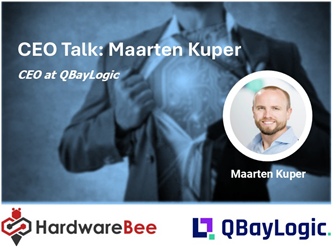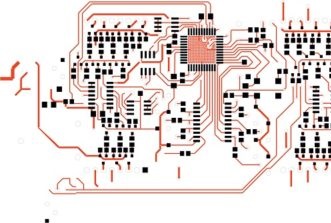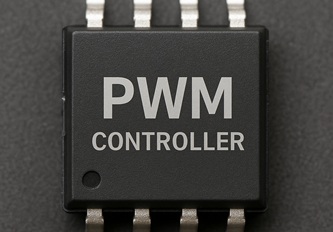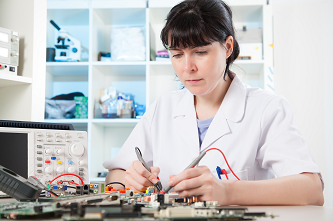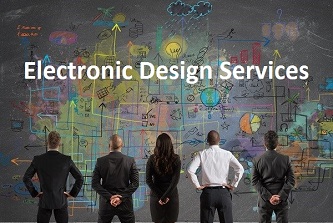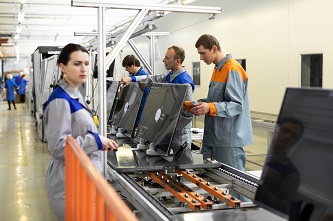This website uses cookies so that we can provide you with the best user experience possible. Cookie information is stored in your browser and performs functions such as recognising you when you return to our website and helping our team to understand which sections of the website you find most interesting and useful.
IoT market to surpass $1.1 trillion by 2030
The global Internet of Things (IoT) technology market is projected to experience steady growth, with a forecasted value of USD $1,148.62 billion by 2030, up from USD $959.30 billion in 2025, as outlined in a recent report by MarketsandMarkets. The report emphasizes a Compound Annual Growth Rate (CAGR) of 3.7%, driven by the proliferation of connected devices, advanced connectivity solutions, and the widespread adoption of automation technologies.
For readers of eeNews Europe, the report provides valuable insights into the key technologies and market segments fueling the adoption of IoT, particularly in areas such as processors, wearables, and industrial applications. These trends have a direct impact on component suppliers, Original Equipment Manufacturers (OEMs), and engineers involved in developing connected systems and solutions.
Key Market Drivers
According to the MarketsandMarkets report, several factors are contributing to the sustained growth of the IoT market. The increasing prevalence of connected devices in both consumer and industrial settings is a major driver, enabling real-time monitoring, data-driven services, and automated processes. Furthermore, the integration of emerging technologies like 5G networks, cloud computing, and artificial intelligence is enhancing the capabilities of IoT systems.
Government initiatives aimed at promoting digital infrastructure and the development of smart cities are also playing a significant role in accelerating IoT deployment on a global scale. Applications in smart homes, wearables, industrial automation, and healthcare are driving the demand for scalable IoT solutions that can meet evolving needs.
Processors Are Key
Within the node component segment, processors are expected to dominate the market share in the coming years. This category includes microcontrollers, application processors, and digital signal processors (DSP), with a focus on balancing power efficiency and performance based on specific use cases.
The report highlights two primary strategies adopted by manufacturers: delivering high-performance processors for premium applications or producing low-power, cost-effective chips suitable for mass deployment. For instance, processors designed for wearables or smart home devices prioritize compact form factors and energy efficiency, while those used in automotive or industrial IoT solutions emphasize performance capabilities.
Wearables and Regional Growth
On the consumer front, wearable devices are expected to witness the highest Compound Annual Growth Rate (CAGR) in the IoT market. Innovations in smart watches, smart glasses, and body-worn monitoring devices are continuously evolving to offer advanced features ranging from health tracking to multimedia and communication functionalities.
The Asia Pacific region is anticipated to exhibit the highest growth rate through 2030, driven by rapid digital transformation, substantial investments in 5G infrastructure and smart city initiatives, and a large population of tech-savvy consumers. Countries such as China, India, Japan, and South Korea are poised to be key markets for IoT technology.
IoT Industry Landscape
Leading players in the IoT technology market include industry giants such as Intel, Qualcomm, Texas Instruments, Cisco, STMicroelectronics, PTC, and Amazon Web Services. These companies are heavily investing in hardware, software, and cloud platforms, shaping the competitive landscape and fostering innovation within the industry.






